Greater Anglia saw more railway land converted into gardens and wildlife areas last year, thanks to its volunteer station adopters.
A recent audit of gardening activity across the operator’s network revealed that the area of land dedicated to gardens grew by 8% last year compared to 2021.
There are 61 station gardens on the Greater Anglia network, which together cover an area of more than 7,400 square metres – about the size of a football pitch.
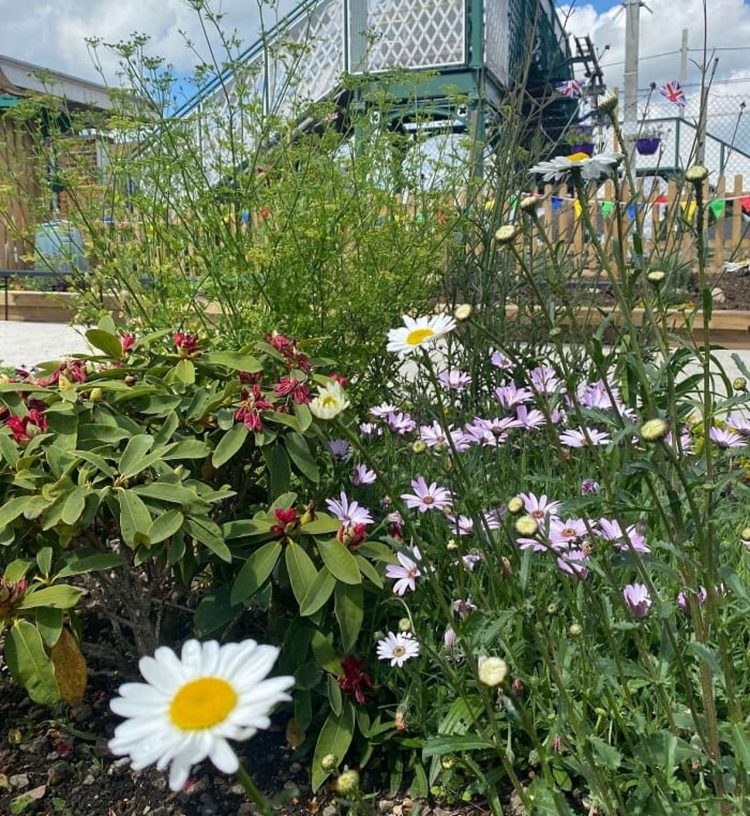
In 2022, volunteers created new areas of garden at Alresford, Battlesbridge, Cressing, Dullingham, Great Yarmouth, Haddiscoe, Ingatestone, Lingwood, March, Rayleigh, Sheringham, St Margaret’s, Stowmarket, Weeley, and Westerfield.
Each garden provides a vital additional habitat for local wildlife and food for pollinators, and makes the stations more attractive and welcoming, contributing to human wellbeing too.
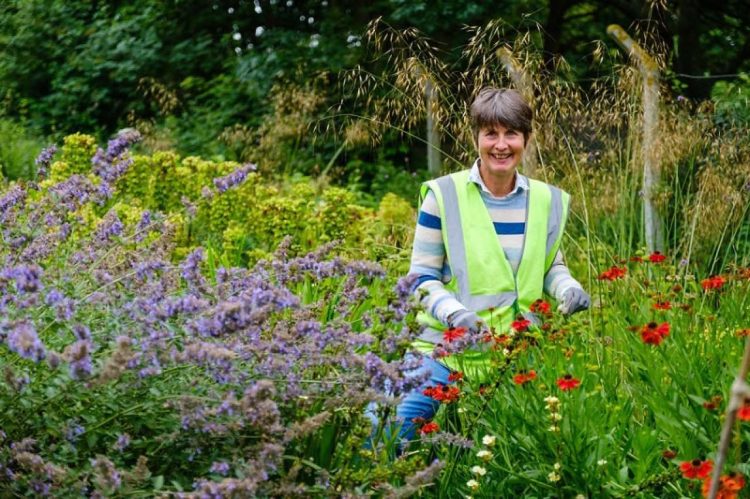
Volunteers also cared for flower planters on platforms, hanging baskets and window boxes at stations across Norfolk, Suffolk, Essex, Cambridgeshire and Hertfordshire, and installed bee refuges, insect houses and bird boxes.
Some of the gardens have been developed over many years, and are becoming havens for local wildlife populations. The railway is increasingly being recognised by ecologists as a ‘green corridor’ which provides a sanctuary for many different kinds of flora and fauna.
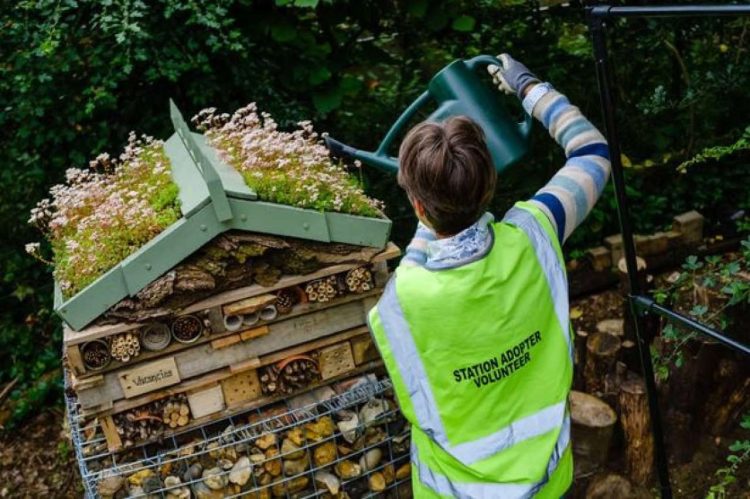
Greater Anglia station adopters reported over two hundred different species visiting their stations, including many different types of butterflies as well as bees, slow worms, bats, toads, foxes, deer and many varieties of birds.
All Greater Anglia’s station gardens are pledged to the WildEast movement, which aims to return 20% of the region back to nature by 2050 to help reverse the shocking decline in the area’s native wildlife which is suffering badly from habitat loss.
Statistics show that, since 1970, many species have suffered including tree sparrows whose numbers have fallen by 85%, common toads, 68%, nightingales, 93% and hedgehogs whose numbers are down from 30million to just 1 million.
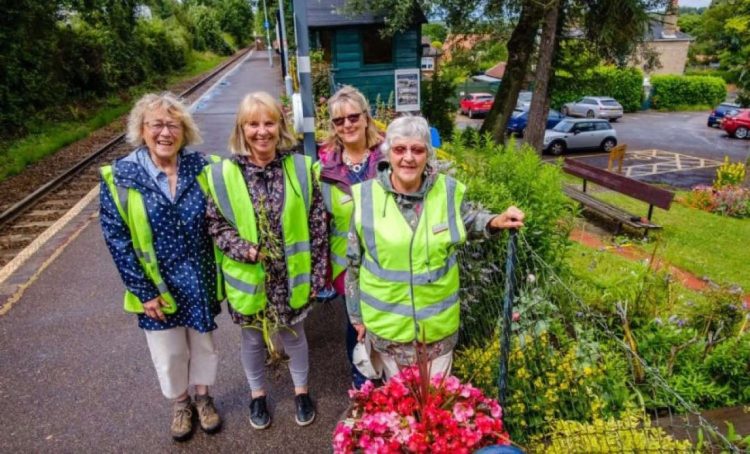
WildEast aims to reverse this decline by asking everyone, including farming estates, industrial estates, housing estates, schools, gardens, allotments and churchyards, to give whatever land they can back to nature. This can mean planting wildlife friendly areas or simply leaving the land as space for nature.
Greater Anglia is currently seeking station adopters for Tottenham Hale, Brimsdown, Enfield Lock, Waltham Cross, Lea Bridge, Harlow Town, Harlow Mill, Stansted Airport, Northumberland Park, Cheshunt, Kelvedon and Shippea Hill stations. Anyone interested should contact [email protected]
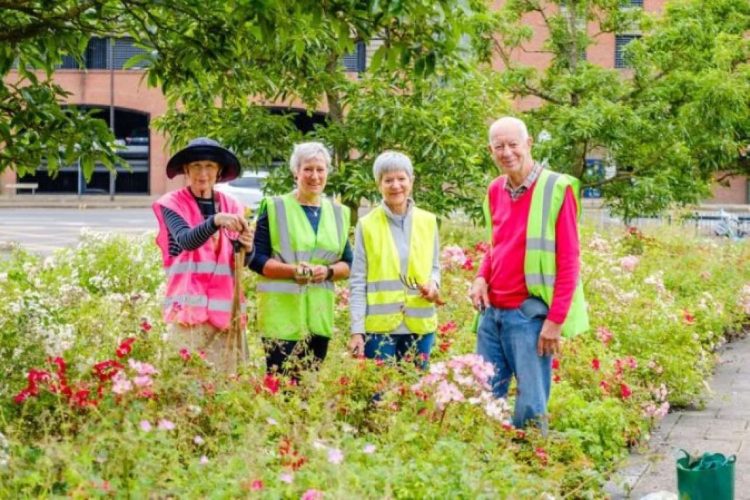
Greater Anglia’s Customer and Community Engagement Manager, Alan Neville, said, “Thanks to the care and attention of our team of station adopters, we have thousands upon thousands of plants thriving at our rail stations which helps not only to make them more welcoming, but are benefiting the environment too.
“Many of these gardens have been designed to be wildlife friendly, enhancing biodiversity and providing food, shelter and breeding places for many different types of wildlife, helping to improve the local environment and helping our stations to exist more harmoniously with their rural surroundings.”
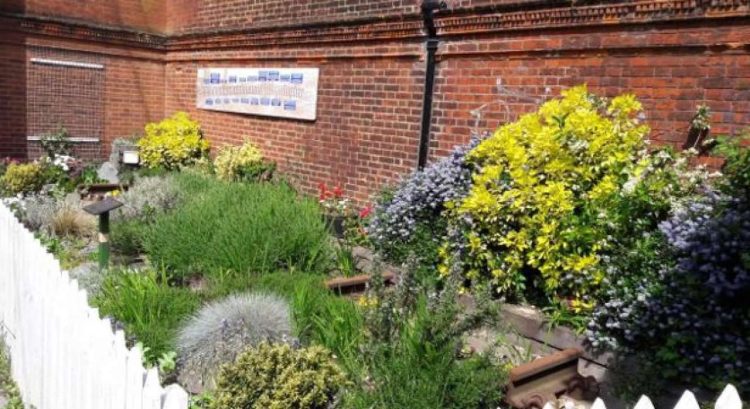


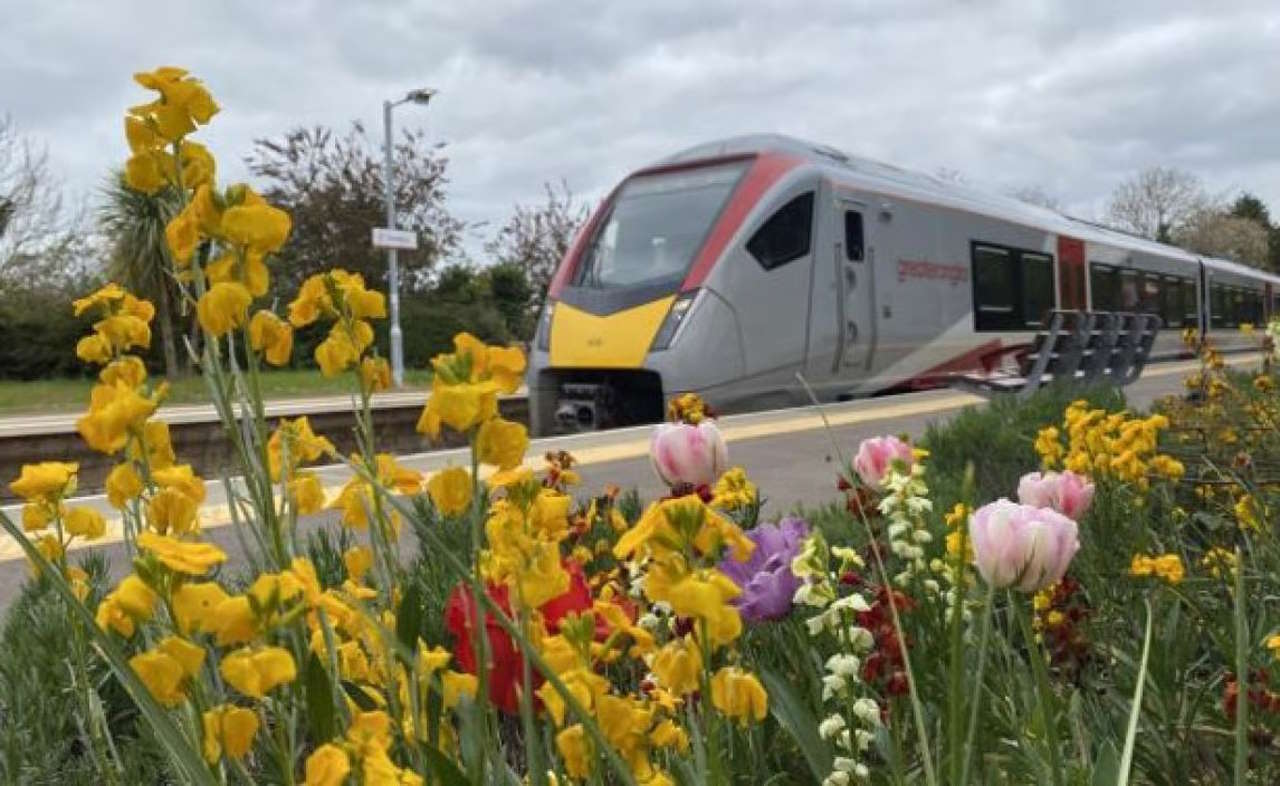



Responses